Some very interesting speakers lined up for #CIGF2024 on November 27th:
#InternetGovernance #Canada #IGF
Some very interesting speakers lined up for #CIGF2024 on November 27th:
#InternetGovernance #Canada #IGF
Dusky downtown #Vancouver. Clear blue sky with a little chill signifying Fall. 🍂
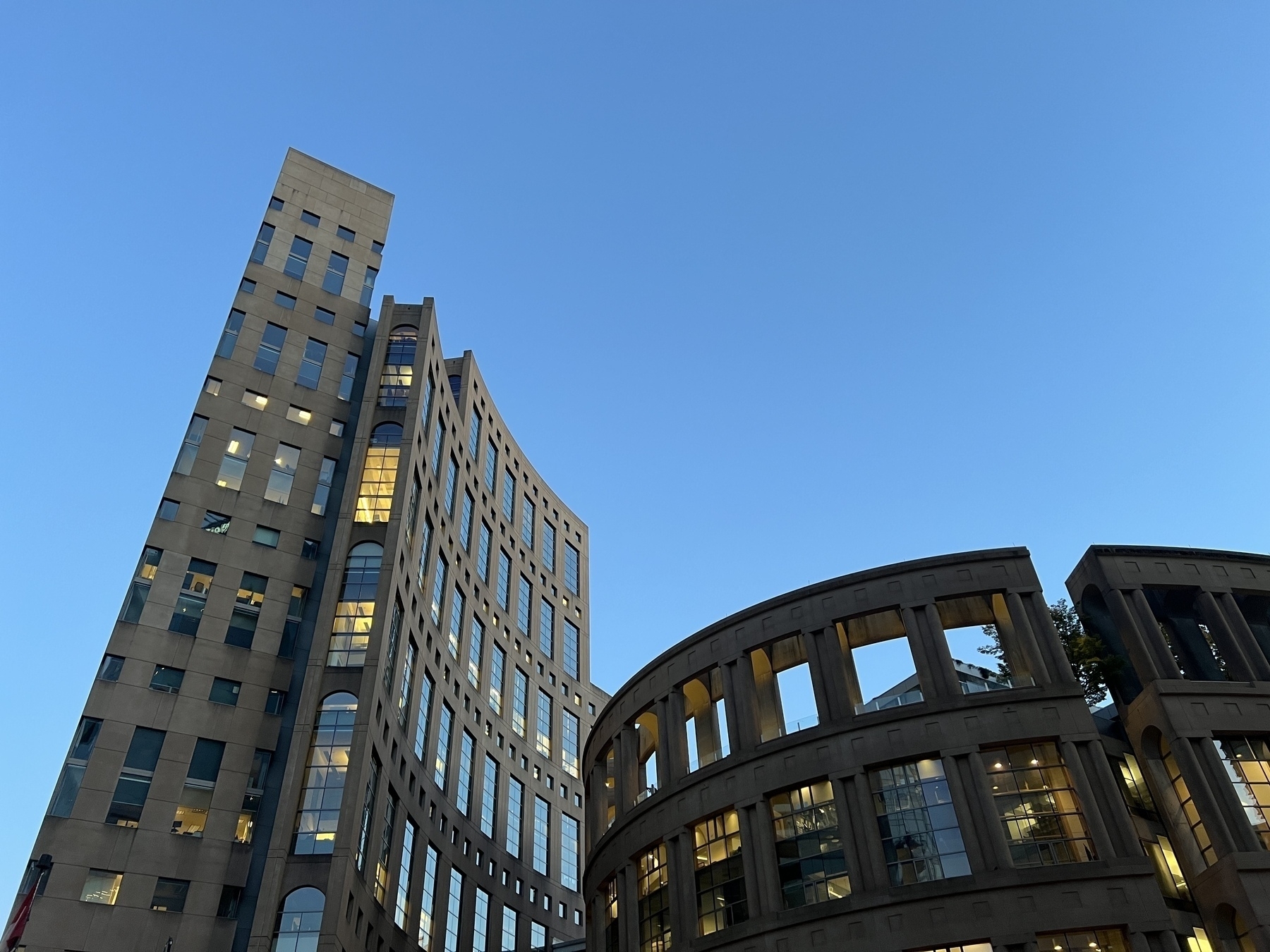
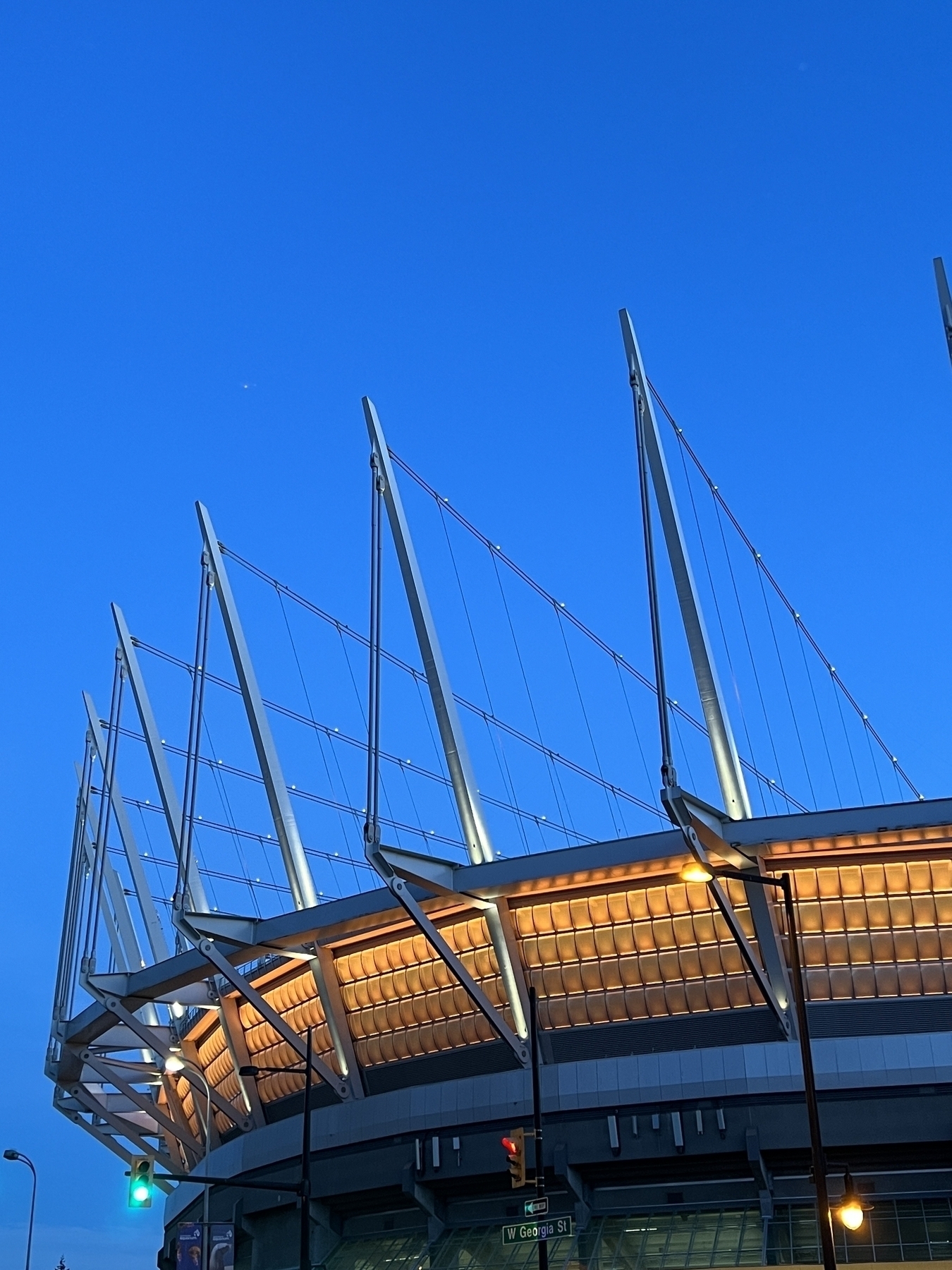
A nice #Bluesky from downtown #Vancouver. Congrats on 10 million users! 🥳
Gorgeous day here. Fall is just around the corner!
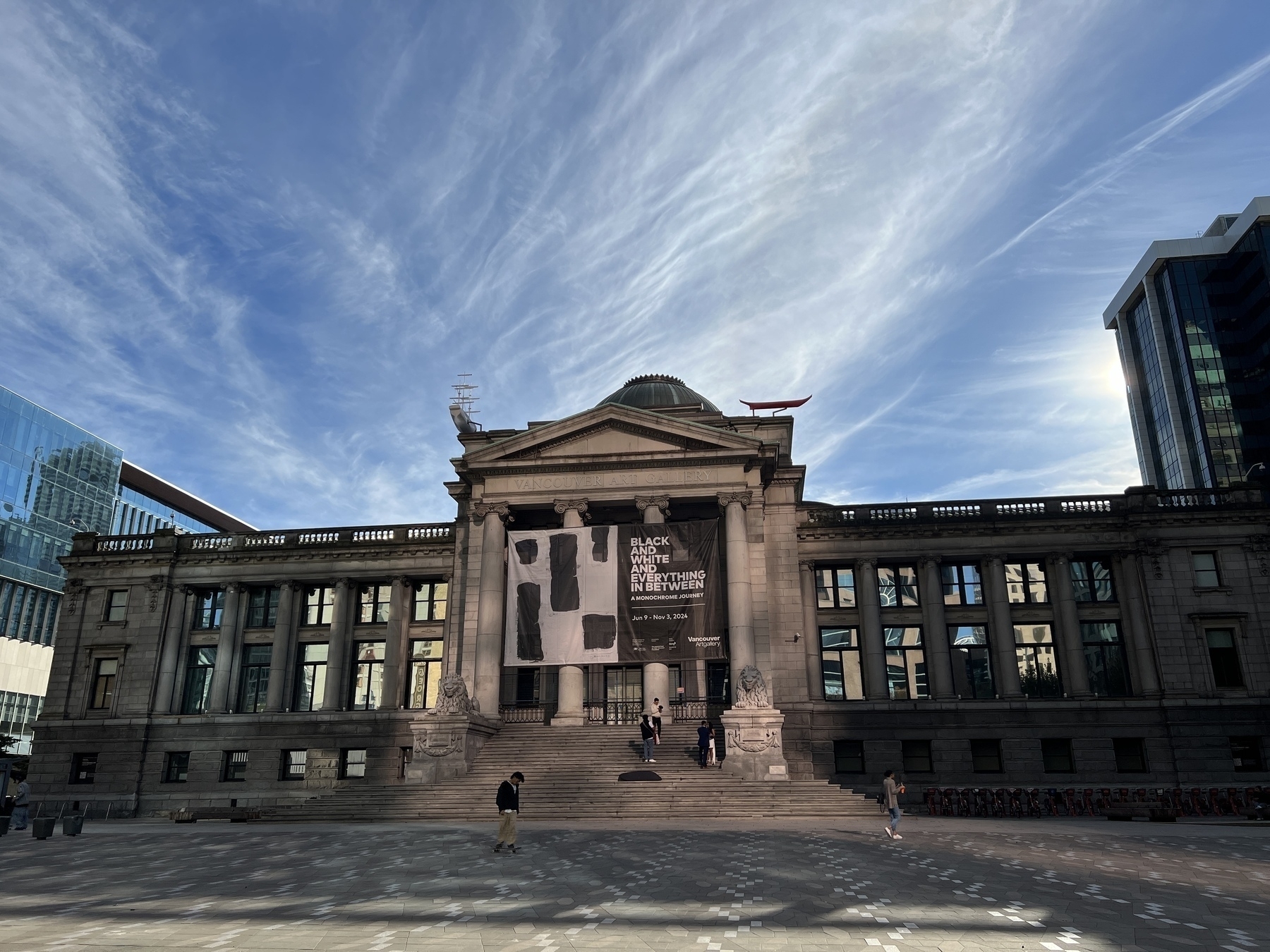
Tonight I did days 13+14+15 of #craigsgymclass. Now I am all caught up:
0+1m40s+1m50s plank 🪵 55+55+60 squats 🏋️♀️ 4x7+5x5+3x4 pushups 🙇
Finished it off with a run too! 🏃♂️
Amazing 👏 👏 👏 (via @molly.wiki)
Planning my trip to Germany at the end of the month. Who do I know that is there? Any recommendations for things I should see? I will be in Frankfurt, Karlsruhe, and then Berlin for #CausalIslands
I am riding out the side effects of this Covid booster 💉 💉💉 💉 💉 💉 by watching tons of UK drill videos 🩸🔪🥷🤫🎵

Started reading The Code of Capital: How the Law Creates Wealth and Inequality by Katharina Pistor 📚
From pages 24-25 of Babel by R.F. Kuang, where the Latin teacher scolds the student Robin for not remembering his macrons: ‘Even the length of a single vowel matters, Robin Swift. Consider the Bible. The original Hebrew text never specifies what sort of forbidden fruit the serpent persuades Eve to eat. But in Latin, malum means “bad” and mālum,’ he wrote the words out for Robin, emphasizing the macron with force, ‘means “apple”.

Started reading Babel by RF Kuang 📚
I did my undergrad in Linguistics, but only speak 2 languages. People always ask: “What is the easiest/hardest language to learn?” The answer can be captured in a concept from Xerox PARC: Tesler’s Law. All languages are complex in their own way, it’s just about where they hide their complexity.
Two new physical 🙀 book purchases today! 📚
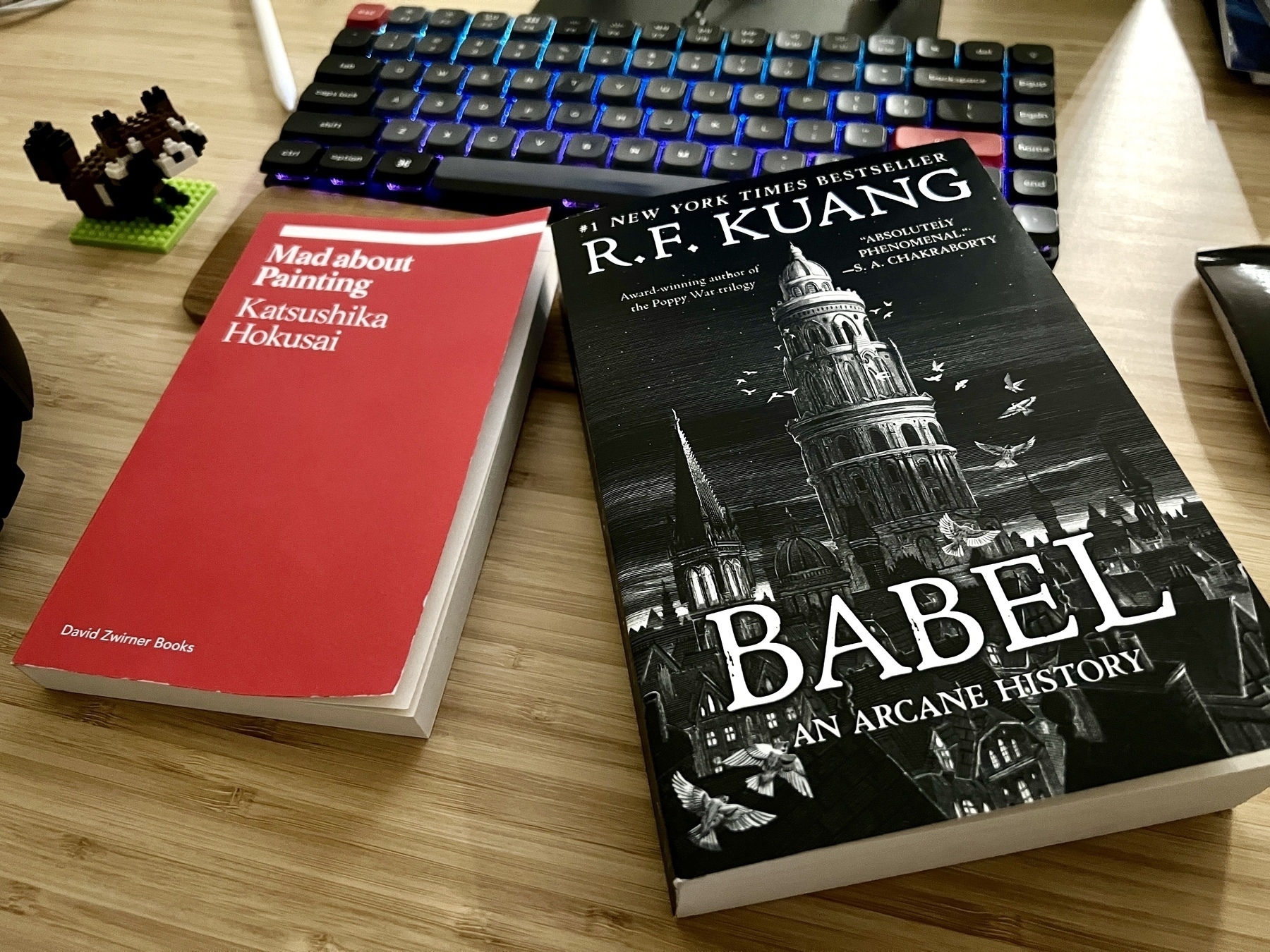
Lovely Saturday. 😎 We went to a neighborhood festival, I almost got on the nightly news (as an interviewee not for doing anything shocking! 🙈), then Japanese school with the kids, took a spin around Metrotown, and finally classic Crystal Mall dinner 🥟 🍜 🧋 🥡🥢
Excellent font. Great site. Stay to the end for the little game.
“instead of a personal computer, this is a communal computer”
Lovely to see Dynamicland in action

Finished Last Argument of Kings by Joe Abercrombie 📚
This is the final book in the First Law trilogy, which I can’t stop recommending to people. The way it all wraps up, coiled tightly like a spring in a watch, powering the most intricate hands round-and-round as it tells the story. Brilliant!
Day 2 of #craigsgymclass September challenge is done 💪
20s plank 🪵 25 squats 🏋️♀️ 2x6 pushups 🙇
I also went for a short jog and a walk.
Now that I am back from summer holidays and things are settling here in my new home in Canada it is time to start taking care of my health for the first time in years. I have been walking lots, building back up to jogging, but I decided to kick off September with something I did a couple years ago: #craigsgymclass Craig Atkinson, an active member of the Anglo-Japan-Twittersphere, inspired a bunch of us with a simple way to kickstartour way to healthier living.
C - Deception Island, Antarctica
H - São Miguel do Araguaia, Brazil
A - Lake Guakhmaz, Azerbaijan
D - Akimiski Island, Canada
K - Golmund, China
O - Crater Lake, Oregon
H - Southwestern Kyrgyzstan
Check out the NASA site that spells out your name in Landsat images 🛰🗺 via @davidho@mastodon.world
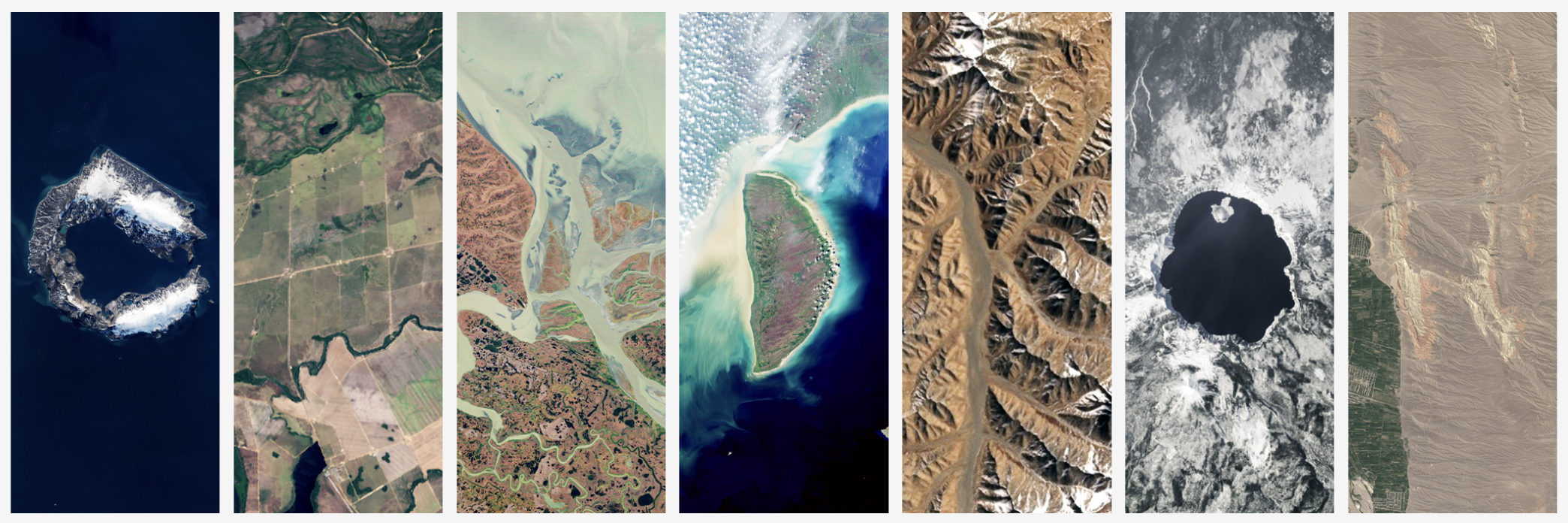
10 days catching up with family & friends in the Okanagan. Luckily no fires! Weather was amazing! Saw a ton of people we haven’t seen since we left for Kyoto. But there are still more! We’ll be back soon. Just now got back to the coast, getting ready for school next week. Have a good weekend! 🥂